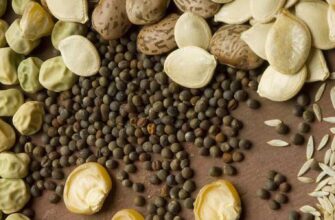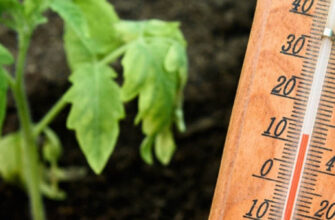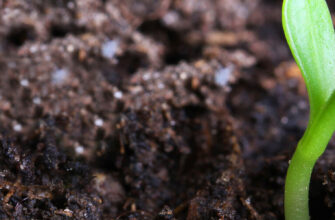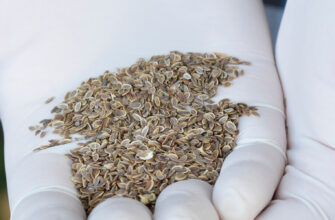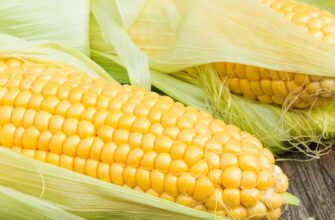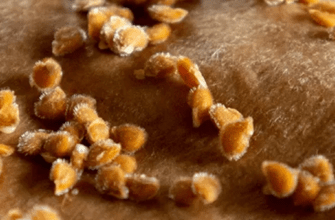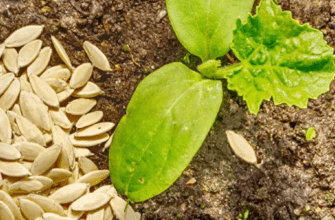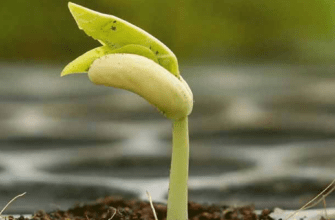The depth at which seeds are sown into the soil is a critical factor in achieving high germination rates. Understanding what influences seed sowing depth, the parameters to consider during this agricultural practice, and the recommended sowing depths for vegetable crops is essential. Read on for detailed insights.
Factors Influencing Seed Sowing Depth
Seed Size
The seed sowing depth is closely tied to the size of the seed and its germination time. There’s a key relationship here: smaller seeds require shallower planting. As a general rule, the sowing depth should be approximately three times the seed’s diameter.
Tiny seeds should not be sown too shallowly, as the topsoil dries out quickly before sprouts and roots can develop. This prevents them from reaching deeper, moister soil layers. However, sowing small seeds too deeply—say, at 2.8–4 inches (7–10 cm)—can deprive them of air and warmth, hindering germination or stopping it entirely. Small seeds also lack the nutrient reserves needed to form cotyledons at such depths.
Conversely, larger seeds should be sown deeper, as their sprouts can handle a longer journey to the surface. This is because large seeds contain sufficient nutrient reserves. Sowing large seeds too shallowly can lead to rapid germination but result in moisture deficiency and underdeveloped root systems. Simply put, the larger the seed, the deeper it should be planted.
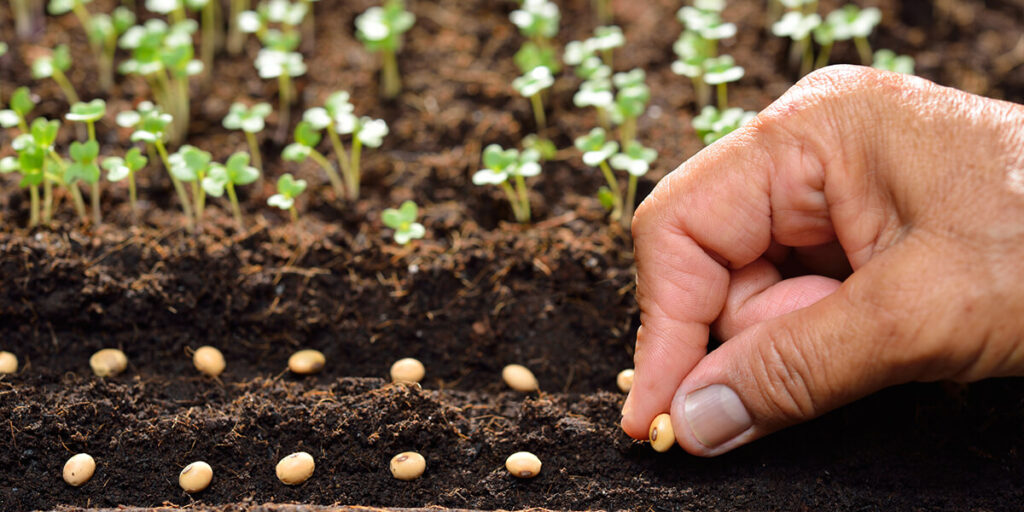
Timing of Sowing
The earlier the sowing, the shallower the seed should be placed, and vice versa. During early sowing, optimal temperature and moisture are found in the upper soil layers, so seeds shouldn’t be buried too deeply.
For later sowing, when the soil has warmed and moisture has penetrated deeper layers, seeds can be sown at greater depths. For fall sowing, depths should also be increased, while in spring—especially with mulching or drip irrigation—seeds are sown more shallowly.
Sowing Location and Soil Type
When sowing in controlled environments like greenhouses, seed trays, or containers, where water and temperature are regulated, seeds should be planted at the recommended depth for the specific crop.
In open-field conditions, several factors must be considered: seed size, nutrient reserves, germination energy, sprouting duration, soil moisture, and soil texture. Sandy soils dry out quickly, while clay or loamy soils retain moisture longer, making them cooler and less aerated.
As a result, seeds are sown deeper in light, sandy soils compared to heavy, clayey ones. In heavy soils, reduce the sowing depth slightly, as seeds may struggle to reach the surface.
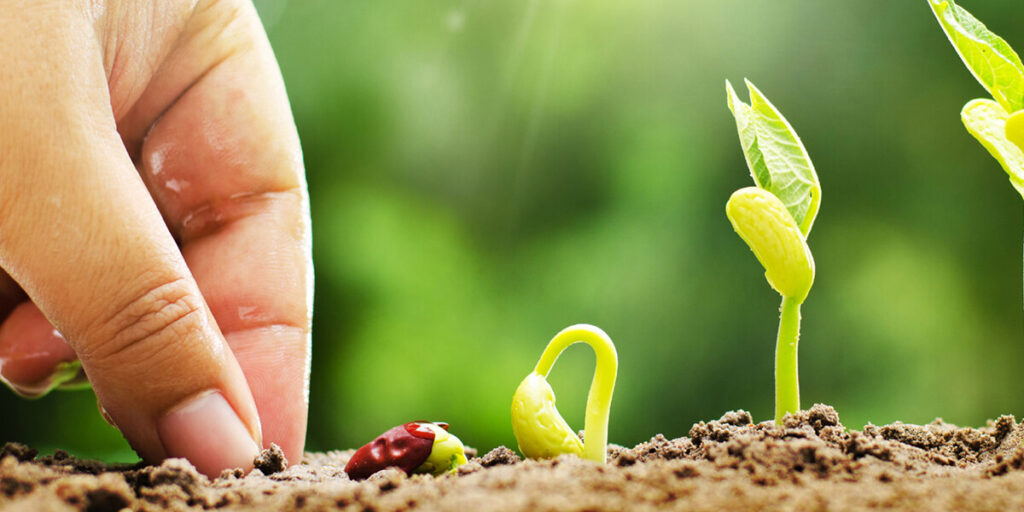
Recommended Seed Sowing Depth for Vegetables
| Culture | Sowing depth, cm |
|---|---|
| Watermelon | 3-5 |
| Artichoke | 2-3 |
| Eggplant | 1-2 |
| Vegetable beans with small seeds | 4-6 |
| Large-seeded vegetable beans | 6-8 |
| Swede | 2-3 |
| Vegetable peas | 3-5 |
| Melon | 3-5 |
| Zucchini | 3-5 |
| White cabbage with seeds | 1-2 |
| White cabbage for seedlings | 1-2 |
| Brussels sprouts | 1-2 |
| Red cabbage | 1-2 |
| Savoy cabbage | 1-2 |
| Cauliflower | 1-2 |
| Kohlrabi cabbage | 1-2 |
| Sweet corn | 5-8 |
| Welsh onion | 2-3 |
| Leek | 2-3 |
| Onion | 2-3 |
| Carrot | 1,5-3 |
| Cucumber | 2-3 |
| Parsnip | 2-3 |
| Squash | 3-4 |
| Pepper | 3-4 |
| Parsley | 1,5-2 |
| Rhubarb | 1,5-2 |
| Radish | 1-2 |
| Radish | 2-4 |
| Turnip | 1-2 |
| Salad | 1-2 |
| Table beet | 2-4 |
| Celery | 1-2 |
| Tomato | 1,5-3 |
| Pumpkin | 2-5 |
| Dill | 2-3 |
| Beans | 4-8 |
| Spinach | 2-3 |
| Sorrel | 1,5-2 |
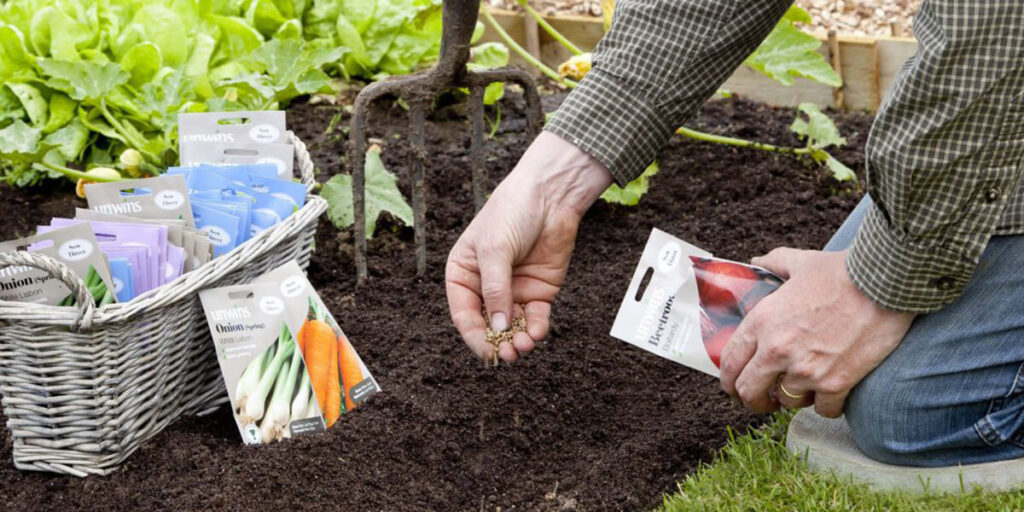
When using home-collected seeds, it’s crucial to test their germination rate beforehand. The germination success of seeds depends heavily on their quality. Therefore, carefully select planting material, paying attention to seed age and condition to ensure they are free from diseases and pests. We recommend purchasing seeds from trusted suppliers and producers to guarantee quality.
If you have found a spelling error, please, notify us by selecting that text and pressing Ctrl+Enter.

